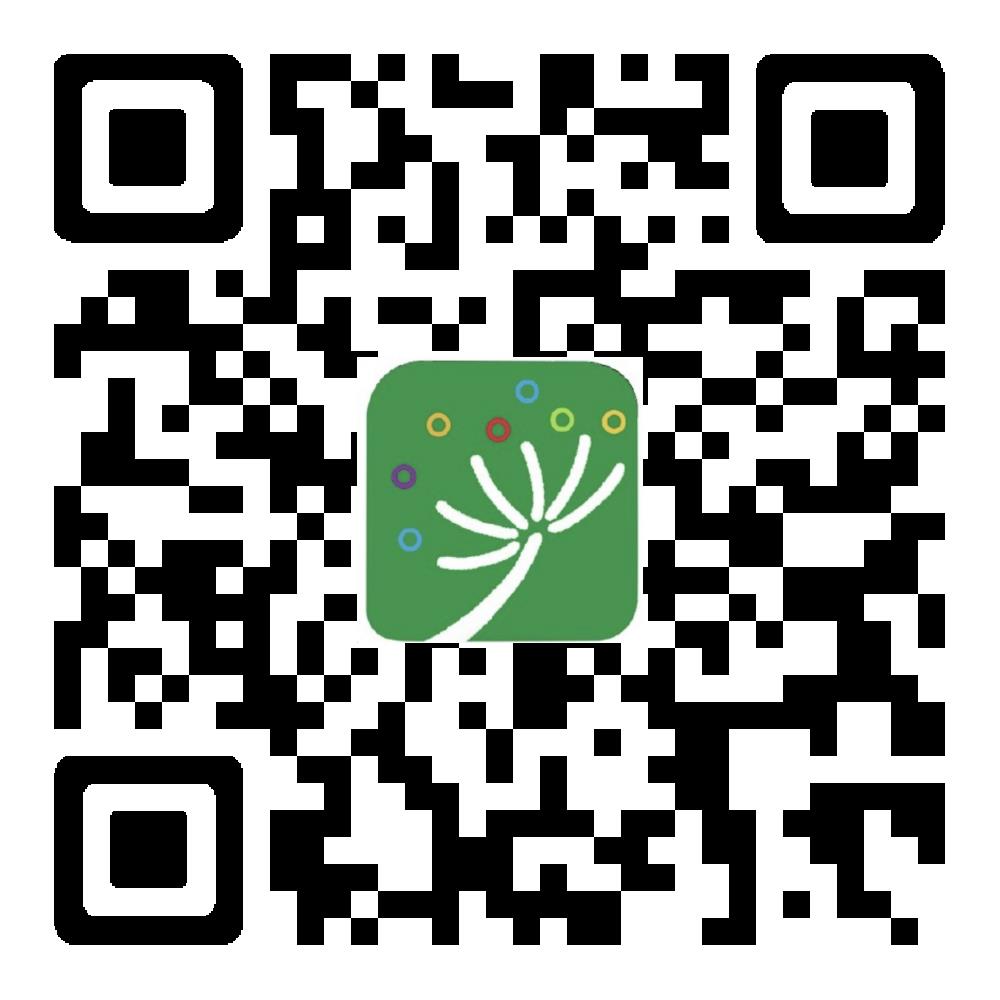China’s basic education has been expanding since 2012. According to the Statistical Report on China’s Educational Achievements in 2017, the number of kindergartens and primary and secondary schools reached 498,500 in 2017, up from 436,400 in 2010. The number of registered students reached approximately 204 million, up from 176 million in 2010. China has already reached many milestones in developing its basic education system, from providing balanced and quality compulsive education for all school-age children, to building a qualified teacher workforce, to reforming the senior high school entrance exam and university entrance examination (also known as gaokao) system.
Rising educational expenditure as a percentage of GDP
MOE statistics show that China’s educational funding in 2017 grew by 9.43 percent on the previous year; fiscal spending rose by 8.94 percent year on year and continued to account for over 4 percent of GDP. Thanks to this increased funding, about 260,000 new schools have been built, 27.25 million students were enrolled, and 1.72 million teachers were recruited from 2013 to 2017. The ratio of enrollment to graduation at compulsory education level reached 93.8 percent, up 1.8 percentage points on 2010. The gross enrollment rate at the upper secondary level was 88.3%, an increase of 5.8 over 2010.
Growing educational spending has helped narrow the rural-urban gap and regional differences. In Yunnan province, for instance, targeted assistance is being provided to school students from families registered under the National Anti-Poverty Information Network System to make sure they stay in school. A free-for-all nutrition improvement program has been implemented across the country, benefiting some 36 million rural students at compulsory education level. The prevalence of anemia among students from outlying areas of Tibet, Ningxia, Yunnan and Chongqing has decreased significantly.
In light of technological advancements in recent years and increased Internet access, the government has set up a long-distance education program for rural primary and secondary schools, as well as a project for expanding access to digital teaching resources at all teaching sites. These programs are effective tools for improving teaching quality in rural areas, as they make it possible for rural teachers to access high-quality teaching resources coming from urban areas.
Building a stronger teaching workforce
The central government has introduced a series of policies for rural teacher capacity building. The Rural Teachers Support Program 2015-2020, in particular, delineates subsidies and allowances for teachers in rural schools, unified compensation plans for urban and rural teachers, regular rotation of teachers between urban and rural schools, among other incentives for rural teachers. The allowance policy has covered over 1.3 million rural teachers, including all of those working in remoted and underdeveloped areas. 280,000 special teaching positions have been created to bolster educational resources in regions affected by extreme poverty. In 2017, normal university students continued to enjoy free education, with 500,000 graduates taking up teaching posts. In total, 17.29 million teachers, including all teachers working in rural areas, have received training under the National Teacher Training Program instituted in 2010. Rural teachers now enjoy a much higher social status than ever before and are provided with more opportunities for career progression.
In the landmark policy document, the Opinions on Deepening the Development and Reform of the Teaching Workforce in a New Era, issued on January 20, 2018, the central government pledged to boost the social and financial standing of the teaching profession to make it more appealing.
Reforming curricula with a greater focus on overall student development
Since 2012, China has been engaged in a basic education curriculum reform to promote all-around development of students. In 2014, the MOE introduced the Opinions on Comprehensively Deepening Curriculum Reform and implementing the Fundamental Task of Developing Student’s Moral Values 2010-2020, to guide a shift of focus in classroom instruction from knowledge transmission to developing positive attitudes and virtues, and core socialist values. In the Core Competencies and Values for Chinese Students' Development issued in 2016, emphasis is placed on the moral, intellectual and physical development of students in order to cultivate moral virtues, discipline, culture and ideals.
The biggest change brought about by the reform is the shift in emphasis from passive to active acquisition of knowledge and skills, exploration of processes and methods, and development of positive attitudes and values. The new curriculum standard introduced in early 2018 is more focused on meeting students’ personalized, diverse learning and development needs, and giving students more freedom to select which courses they want to study. This helps reduce the academic burden on students and encourages well rounded, personalized development.
Reforming the gaokao
The National College Entrance Examination, also known as gaokao, was attracting growing criticism due to its sole focus on test scores as an evaluation tool that determined the life courses of students. Now, it is also undergoing major changes. In 2014, the State Council publishes official guidelines to reform the gaokao.
Reforms of examinations at different levels have been developed as well to reduce the influence of one-size-fits-all tests. This reform aims to establish a modern examination system composed of standardized tests, comprehensive evaluation and a variety of admissions criteria. Shanghai and Zhejiang province as pilot experimental regions of the new system, have been implementing the reform since 2017.
This reform has also provided great momentum to the high school curriculum reform. The piloted new gaokao system consists of a general examination that tests students on Chinese, mathematics and foreign language, and a proficiency test that covers various other disciplines. Students thus have greater freedom to choose disciplines according to their interests. This reform promises to have a far-reaching effect on the whole evaluation system down to the primary school level.




